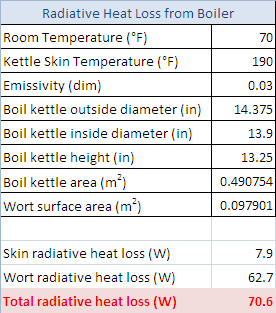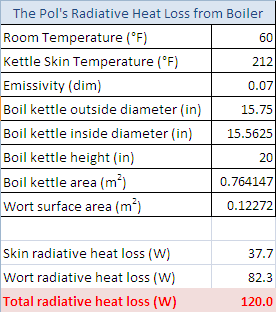ApolloSpeed
Well-Known Member
- Joined
- Sep 30, 2008
- Messages
- 232
- Reaction score
- 3
I'm gonna get supplies to build an electric boiler this weekend.....it is wayyy to hard to boil 6.5 gallons on my stovetop. And I don't really wanna go propane. I can run an extra 240 outlet off my breakerbox... so
I think I'm gonna buy one of these 4500 or 5500 watt 240v elements
Product Information Error Page
Drill a hole into my AHB Economy 7 gallon SS brewpot, and install that badboy.
My question is, I don't really wanna spend alot of money on a high dollar temp controller. So lets rule that out.
BUT, do I need some sorta potentiometer or rheostat to control it?
I think I'm gonna buy one of these 4500 or 5500 watt 240v elements
Product Information Error Page
Drill a hole into my AHB Economy 7 gallon SS brewpot, and install that badboy.
My question is, I don't really wanna spend alot of money on a high dollar temp controller. So lets rule that out.
BUT, do I need some sorta potentiometer or rheostat to control it?




